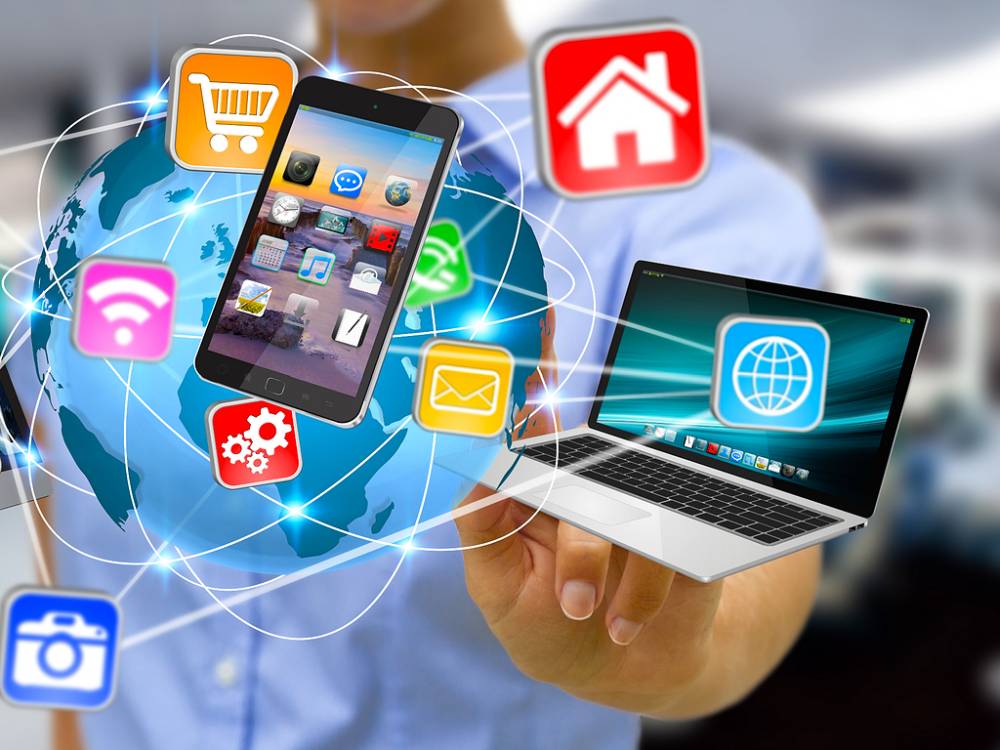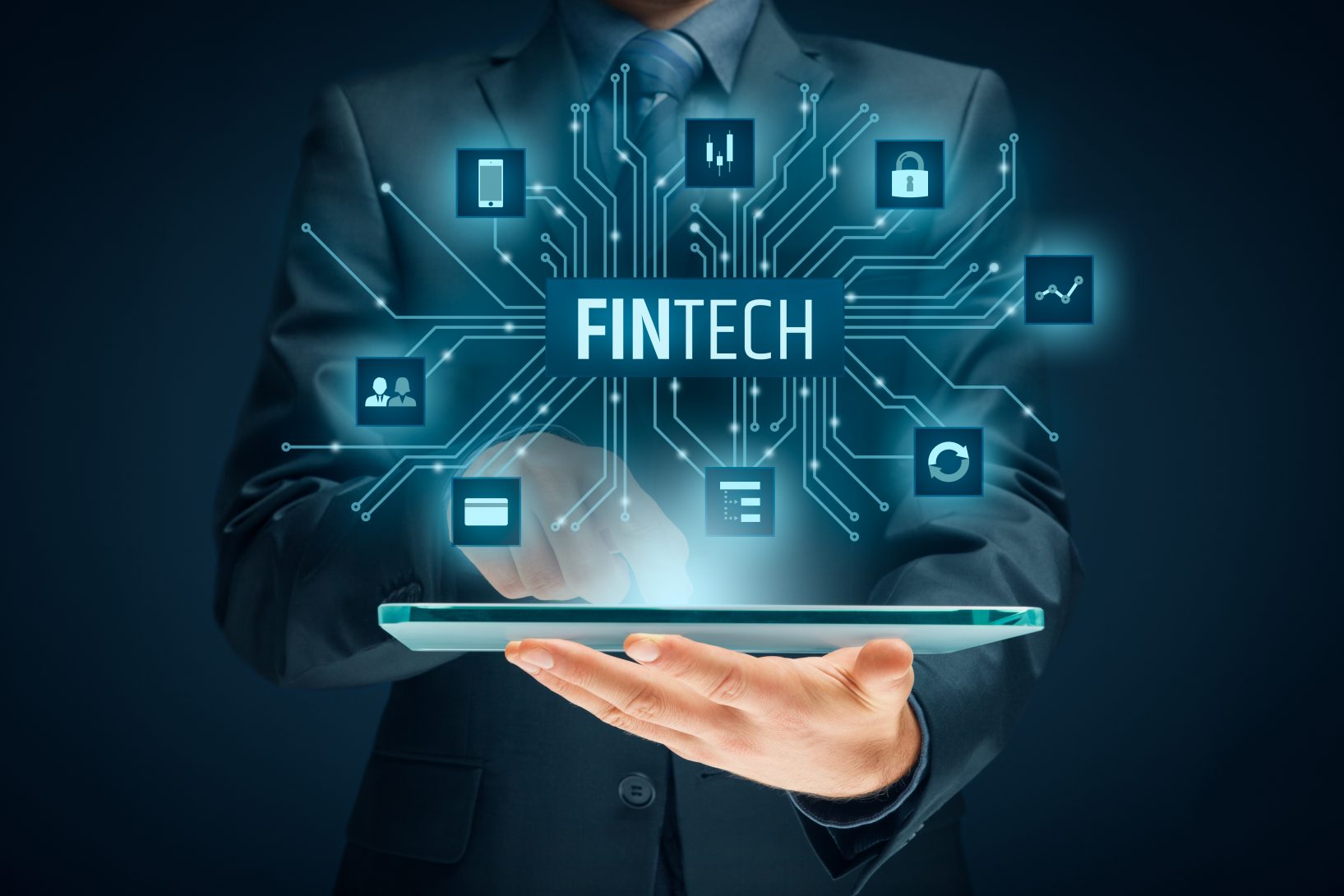
How Vital Is Information Technology
How Vital is Information Technology? — What are the reasons for the importance of information technology?
Information Technology (IT) is pervasive and influential in our daily lives, which makes it difficult to grasp their full scope and significance. Or, to be more precise, in the computers, tablets, and smartphones that we use on a daily basis. We spend a significant portion of our waking hours on these devices, whether at work, while playing, or when communicating with coworkers, friends, and family members, among other things.
Almost every aspect of our lives is influenced by information technology, including online shopping and learning, going to the doctor, banking, and dining out. Indeed, information technology has had the greatest impact on our lives in the areas of business, higher education, healthcare, banking, finance, and the food service industries. Despite the fact that some people are unable to see the benefits, the advantages outweigh the disadvantages by a wide margin.
What is Information Technology?
Information technology can refer to a wide range of things and encompass a wide range of aspects of one's daily life. A computer system, software, or network is defined as follows by Merriam-Webster: "a branch of technology that is concerned with the development of computer systems, software, and networks for the purpose of data processing and distribution." This definition, on the other hand, portrays information technology as a strictly utilitarian tool.
Indeed, information technology is fundamentally about the pursuit of new and innovative ideas. According to Forbes, the true value and purpose of information technology is to "research and develop new technologies in cognitive science, genetics, or medicine," with the hope that these advancements will lead to solutions to the problems that we all face. "Research and develop new technologies in cognitive science, genetics, or medicine," according to Forbes. It is this type of innovation that has resulted in advancements in a wide range of industries outside of the scientific community.
Below are the importance of technology in various industry:
The Importance of Technology in the Banking and Finance Industry

The banking and finance industries are the two that have been most impacted by information technology. Information technology has played a role in these two critical industries since the 1970s, in varying degrees of sophistication. Information technology (IT) facilitated the expansion of small financial firms that process electronic data as well as the establishment of nationwide financial services such as electronic check and credit card processing. Furthermore, information technology has enhanced the security and stability of how individuals and businesses access their critical financial accounts.
Most significantly, information technology and the growth of the internet have increased revenue for banks and other financial institutions. By 1998, online commercial transactions had totaled $50 billion, a figure that does not include personal banking transactions or other financial transactions. Banks would almost certainly fail in the twenty-first century if they did not make significant investments in secure information networks and devote significant resources to building their brands on the internet. Specifically, information technology allows financial institutions to do the following in terms of global finance:
- React as soon as possible to global events
- Compete successfully with other financial institutions
- Keep track of the credit scores and credit ratings of their lenders and insurance companies, as well as the credit scores and credit ratings of businesses looking for viable and financially responsible customers.
Banks and financial institutions can also communicate with their customers through social media in order to better understand their requirements. Additionally, this outlet aids these organizations in developing customer loyalty to their brand. Banks and financial institutions also see an opportunity to acquire new customers because younger demographics are the primary users of social media platforms such as Facebook, LinkedIn and Twitter.
The Importance of Technology in Education Industry

When it comes to technological innovation, education is a field that is always on the cutting edge. Teachers and professors can now deliver information in a more dynamic manner than they have in the past, thanks to the tools made available by technology. Most importantly, the ability to reach a larger number of students, particularly those who cannot afford or devote the time necessary to pursue a degree program, or those who live too far away from schools or college campuses, is a significant advantage of distance learning.
One way that information technology (IT) helps to expand educational opportunities is through online classes and degree programs that students can complete from the comfort of their own homes. The University of Phoenix was one of the first institutions to implement this model in 1989, but students attending school and earning a degree entirely online from prestigious universities is a more recent development.
Additionally, educators recognize the importance of information technology as a delivery method for their curriculum and are committed to its use. Teachers believe that using digital learning tools in the classroom and on the internet has a significant benefit, according to a recent survey. Aside from that, 57 percent believe that information technology and the use of digital learning tools aid in the personalization of instruction and learning, as well as the effectiveness with which these digital learning tools engage students.
As newer technology, devices, and software become available, the level of engagement continues to rise as a result. The advancement of technology makes it possible to include students on the autism spectrum who may struggle in or cannot afford to be in a traditional classroom setting, such as those who have learning disabilities.
The increasing popularity and accessibility of virtual reality (VR) and augmented reality (AR), educators intend to incorporate these technologies into their curricula in the near future. New technologies such as virtual reality and augmented reality have elicited positive responses from both students and teachers, with educators reporting that students are more creative, information is more easily retained, and coursework is more engaging as a result of these technologies.
Even though some may argue that using technology in educational settings can be distracting, reduce social interaction, complicate lesson plans, or isolate and eliminate students who do not have the financial means to purchase expensive devices, the vast majority of responses to using IT in education have been favorable.
The Application of Information Technology in the Food Service Industry

The benefits of information technology in business, education, banking and finance as well as healthcare are well known; however, the benefits of information technology in the industry with which we have the most direct contact, the food service industry, may be less well understood.
To be sure, the restaurant and bar industry, which is frequently criticized for having high employee turnover and providing poor customer service, has become increasingly reliant on information technology. Those working in the industry are constantly engaged in a battle to keep customers satisfied, employees satisfied, tables turned quickly, and costly food waste reduced.
One significant way in which restaurants use information technology to improve customer service is through digital ordering, which can be done over the internet or through the use of a restaurant-specific app that can be downloaded to a smartphone or tablet.
The convenience of the customer is increased because they can see in real time what they've ordered, how much it will cost, and when it will be ready.
The use of POS (point-of-sale) or electronic register systems in the restaurant industry is yet another example of how important information technology is in the industry. Currently, these types of systems are used by 81 percent of restaurant establishments. A tablet-based touchscreen is used in many restaurants to allow customers to browse through a digital menu, place an order, and then pay with little to no interaction from restaurant staff. According to 37 percent of restaurant owners, customer ordering technology is the most important type of technology that will benefit their businesses in the near future.
Additionally, information technology is advantageous to the backend operations of the restaurant industry. As a result, restaurant owners attempt to establish not only a conversation with their customers, but also a stronger bond with their employees during this time. Restaurants can create customer loyalty programs either online or through the use of a mobile application designed specifically for the restaurant. Customers can access their account information through the restaurant's website, as well as through a mobile or tablet application for the restaurant. Newsletters sent to customers via email in conjunction with a restaurant's loyalty program are another way for restaurants to communicate with their customers through the use of technological means.
The process of making a reservation can be a source of frustration for both restaurant owners and patrons. Fortunately, advancements in information technology have also been made in this field. As an alternative to walking into a restaurant or making a reservation, customers can now check a restaurant's web page or mobile app to see if there is a table available. In order to accomplish this, a large number of restaurants in the industry collaborate with reservation services such as OpenTable.
Another challenge that restaurant owners face is determining when their employees' available hours and vacation time will be. Automating schedules, tracking vacation requests, and checking employee schedules to ensure that they are always aware of their working hours are just a few of the headaches that scheduling software helps to alleviate.
Information Technology in the Healthcare Industry

The healthcare industry has embraced information technology innovations in order to improve patient relationships while also ensuring the privacy, security, and confidentiality of their data and information. When it comes to determining whether they need to schedule an appointment or whether their symptoms can be treated with over-the-counter medications, patients can conduct online research and communicate with their doctors via email, text message, and video conferencing. A variety of methods have been used to improve medical care, reduce patient error rates, and lower overall health-care costs as a result of this development, including the following:
- Improving the precision with which medical information is delivered
- Individualizing information to meet the specific requirements of each patient
- Collaboration on decision-making between healthcare professionals and patients.
- Patient and healthcare professionals can benefit from the establishment of social support networks.
- Enabling individuals and the general public to make better-informed decisions in a timelier manner
When 44,000 avoidable deaths occurred as a result of patients failing to receive recommended treatments, it is impossible to overstate the importance of information technology in the healthcare industry. Electronic health records and automated orders have made it easier for patients to access care guidelines, which have resulted in better patient outcomes.
Indeed, as a direct result of the development of information technology, a new health-care discipline known as informatics has emerged. Patient-centered care is made possible through the collaboration of nursing and information technology management. Because of this, nurses are better equipped to detect errors in medical records, resulting in a reduction in the amount of time required to document patient care. This allows nurses to devote their time and attention to the most important aspects of their jobs: caring for and attending to the needs of their patients.
Data breaches, which put patients' medical information at risk, are one of the few drawbacks to the use of information technology in healthcare, but they do occur occasionally. In order to address this, the HIPAA Privacy Rule was enacted in 2003. Patients' information is regulated and protected under this regulation, with layers of security provided by information technology tools serving as a barrier against technological predators. As a result, despite the risk, the use of information technology in healthcare has improved the quality of care.

